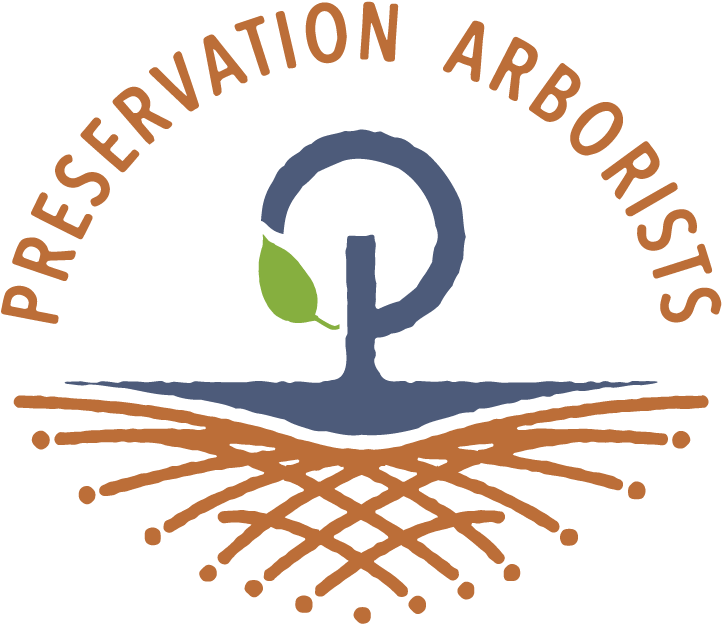The Science
We love to read — especially new research and literature about soil, trees, and climate. Check out our recommended finds.
A gut microbiome + meadow connection:
“The key to the microbiome garden is diversity: the more different types of plant, the more different types of microbe. The designers have also tried to demonstrate how to keep the soil healthy, as healthy soil contains more helpful microbes, which are then transferred to the plants we grow and the food we eat.” — Read about the “Edible Meadow” movement in the UK.
from “A Call to Plant Trees” by Dr. Akira Miyawaki:
“Even if it is a small number, plant indigenous forests—those that absorb and solidify carbon; have the capabilities to prevent disasters and preserve the environment; enhance the knowledge and awareness of all citizens; and function as reservoirs of potential energy for new activity.” — Read the full essay by Dr. Miyawaki on the occasion of his receiving the 2006 Blue Planet Prize for planting and advocating for indigenous, densely-planted forests.
Is there a straight line between soil health and human health?
“It's an interesting series of connections between soil health and human health. Soil health will influence the health of plants and crops that are grown in it. What gets into those crops will influence the health of livestock, and what's in meat and dairy products, and what that gets into, in terms of human health, and what's in our food – literally what our food ate. How it got there can influence human health. It's a complex set of relationships that we try to lay out the science behind. So it's not a simple connection. But you can chart the connection right on through.” David R. Montgomery (Read more via KCRW)



